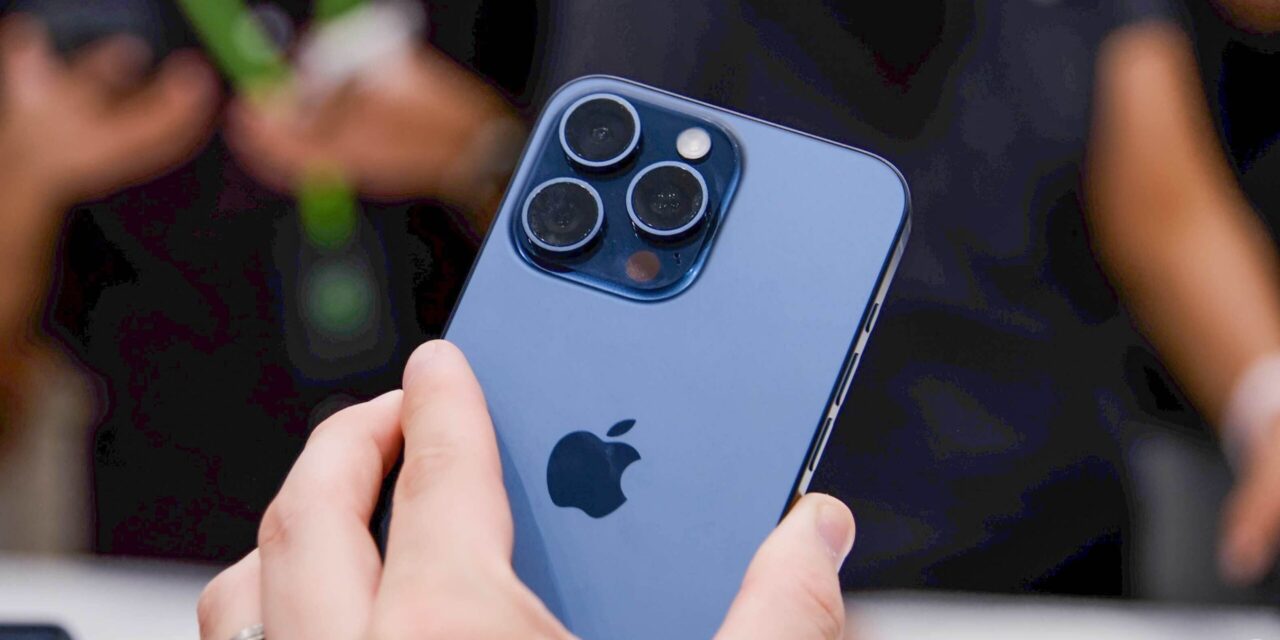Apple debuted its new Emergency SOS via satellite feature for iPhone 14 users back in November, and we’ve already seen multiple stories about the feature being used in the real world. A new story out of Canada today offers another example of Emergency SOS via satellite helping save the lives of two women who found themselves stranded in the wilderness after a Google Maps mishap…
iPhone 14’s Emergency SOS via satellite saves the day
As reported by the Times Colonist, the two women were on their way home after a trip to Alberta when they got lost near McBride, a small village in British Columbia, Canada. On the drive back, an accident ended up closing the main highway, so the women checked Google Maps for an alternative route.
Google Maps led them through a detour onto a service road in Holmes Forrest. This service road had only been “partially plowed” following multiple snowstorms, which the women didn’t know when they embarked down the road.
They made it around 20 kilometers down the road, according to search and rescue authorities, before hitting a “wall of snow,” indicating where the plow had stopped, and getting stuck. Given they were that far down a service road in a forest, there was no cell service available. One of the women, however, had an iPhone 14 and thought to use the new Emergency SOS via satellite feature.
Using the iPhone 14, they were able to send a message and their location to an Apple call center. From there, the Apple call center contacted the “Northern911” call center in Canada, which then activated a call to emergency service teams in British Columbia. That final emergency services team received a “packet of information,” including the GPS coordinates.
Search and rescue dispatchers, including the Royal Canadian Mounted Police, the British Columbia Search and rescue team, and the Robson Valley Search and Rescue, were able to locate the two women using the GPS coordinates. They pulled the vehicle out of the snow and helped it get turned around and headed back toward the highway.
“A game changer”
Dwight Yochim, a senior manager with British Columbia Search and Rescue, said he believes this is the “first use” of the new feature in British Columbia.
There’s no cell service there but one of them happened to have the new Apple phone that has the SOS in it and activated the SOS and to my knowledge, that’s the first use of the SOS in British Columbia.
If they didn’t have this, what would have happened is eventually the family or their work would have said “hey, they didn’t show up” and so the search area would have been from wherever they were last seen to where they’re supposed to be, and that could have been several hundred kilometres.
“It’s the kind of thing that potentially may have saved their life,” Yochim went on to say. “This is a game changer. This technology has the potential of really helping us save lives and reducing the amount of time it takes to do that.”
For context, Yochim estimates that his team does around 1,700 to 1,800 searches a year. Emergency SOS via satellite on the iPhone 14 can significantly cut down on the number. “If we know exactly where the subject is, then all we have to do is go in and rescue them,” said Yochim.
You can learn more about how to use Emergency SOS via satellite on the iPhone 14 in our full guide.
This content was originally published here.






Recent Comments